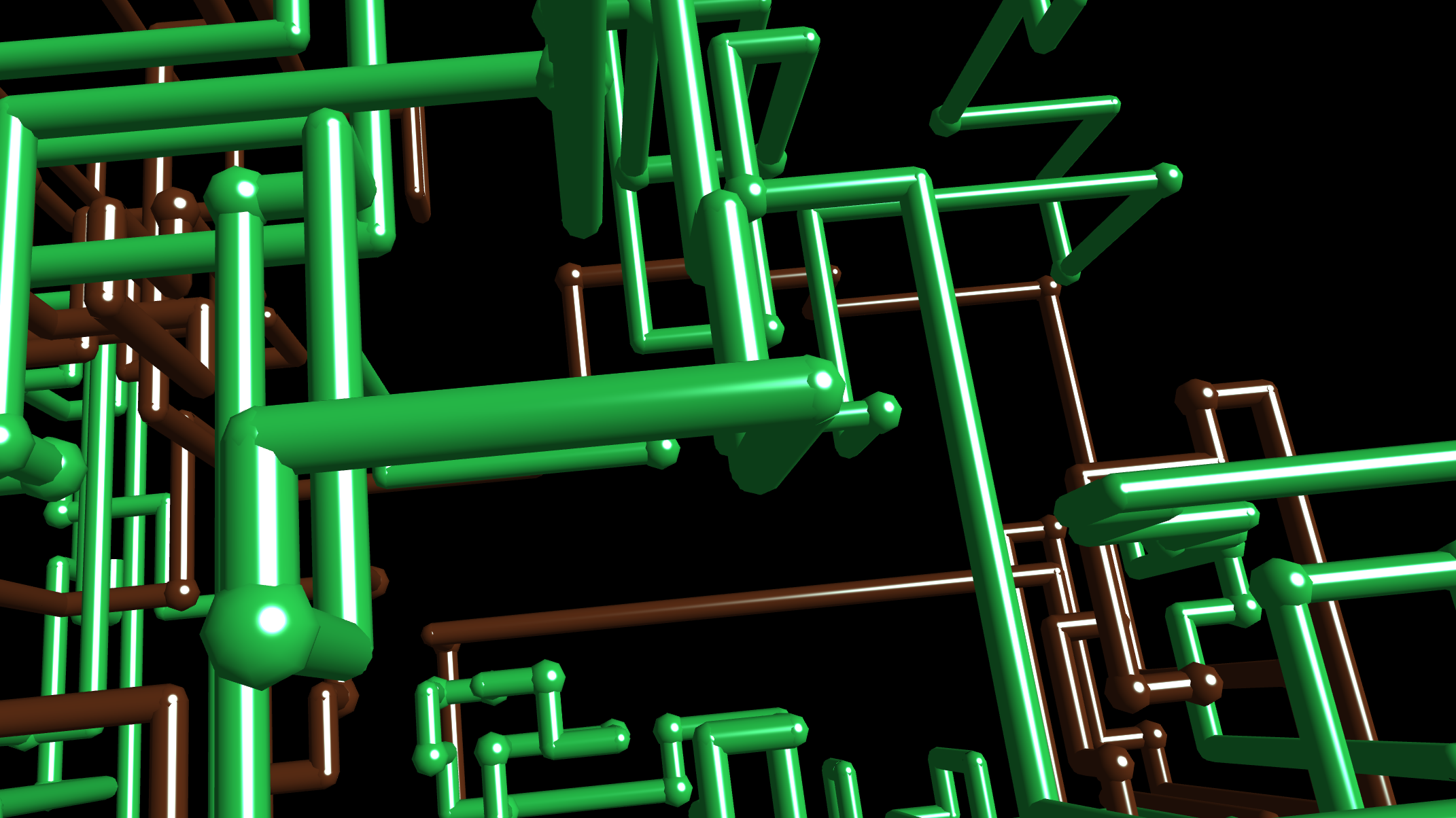
Have you ever wondered where Windows' classic 3D Pipes screensaver (or 3D Maze) originated? On June 11, Microsoft developer Raymond Chen dropped a dev blog detailing how the 3D Pipes screensaver and its contemporaries (including 3D Maze and others in a video embedded below) came to be within Windows NT 3.5 and other classic versions of Windows.
An important sidenote on the above video for those of you with the most discerning nostalgia: the speed at which the old screensavers played out relied on the hardware in question. So, if you remember those screensavers playing out slower, you're right!
As it turns out, the "origin story" behind 3D Pipes and its contemporaries is actually quite simple, for the most part. When Windows NT 3.5 was scheduled to ship with OpenGL support, team members noticed that the operating system included very little that leveraged the graphics API. According to an unnamed old friend of Raymond Chen's, the solution was finding "a way to advertise the feature without risking product stability," which ultimately meant implementing 3D graphics in screensavers.
The classic 3D Pipes, 3D Maze, 3D Flying Objects, and 3D Text screensavers all stem from this initiative. The Windows OpenGL team's efforts to pick the best one in a screensaver writing contest ultimately resulted in all of them being added to Windows when a marketing team member spotted them. And that's basically it!
Though, of the classic Windows screensavers, I feel the need to emphasize that 3D Maze is obviously the coolest one. It could not more clearly be inspired by the likes of Wolfenstein 3D, and it was one of my favorite things to zone out to while procrastinating in elementary school a short lifetime ago. 3D Pipes might be a little more flashy, but 3D Maze really gets the ol' noggin' joggin', at least for tech-heads like me.
Someone also made 3D Maze playable, albeit as a mod for a cross-platform VR multiplayer shooter called Contractors VR. It's not like you could turn any of these other screensavers into a playable experience— just saying.

!["[T]he First and Fifth Amendments Require ICE to Provide Information About the Whereabouts of a Detained Person"](https://images.inkl.com/s3/publisher/cover/212/reason-cover.png?w=600)





